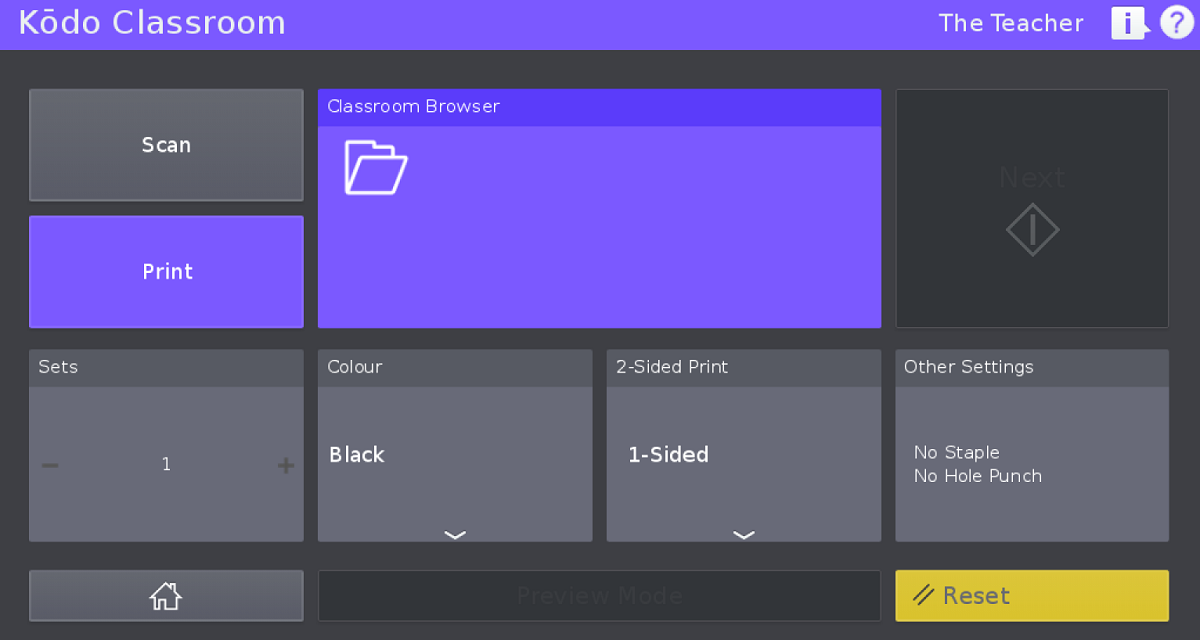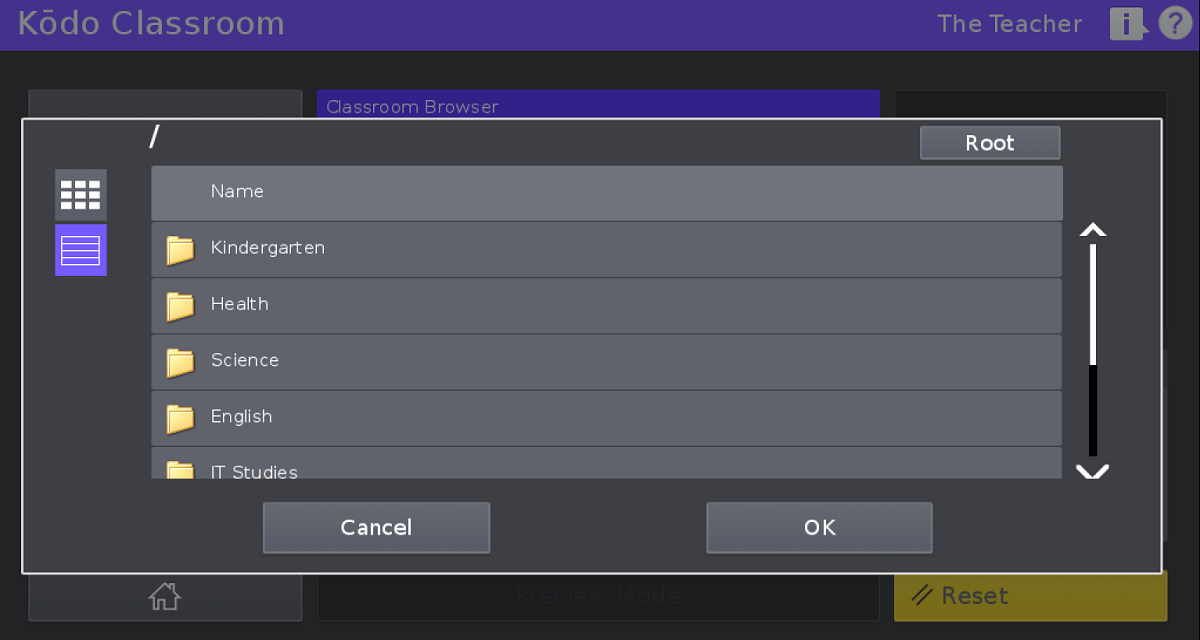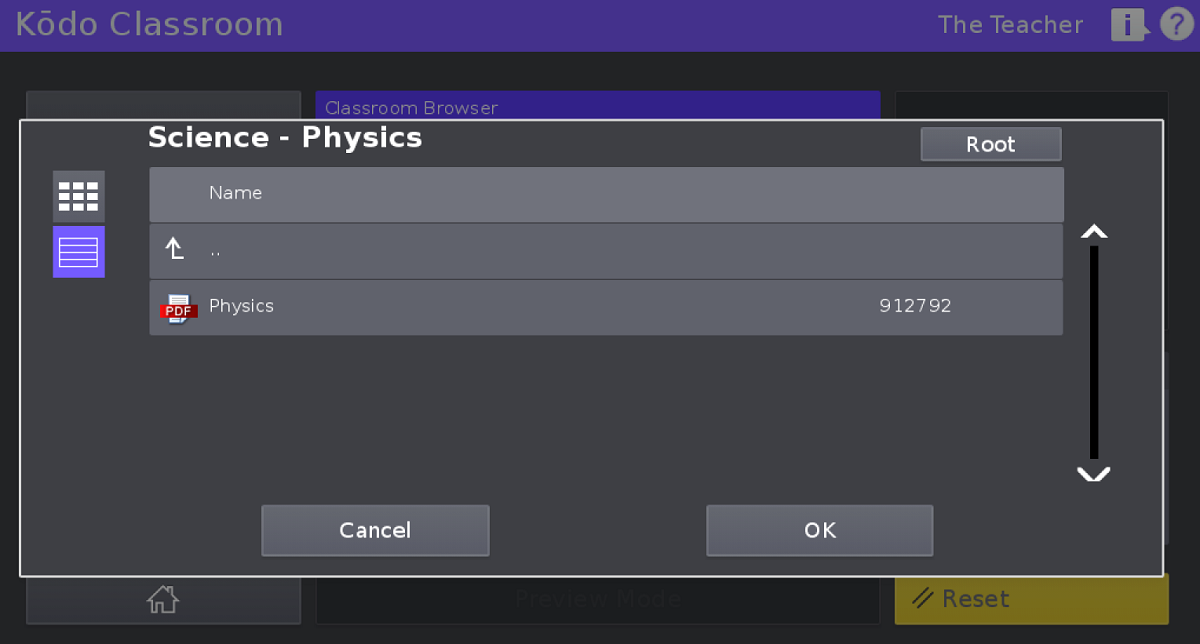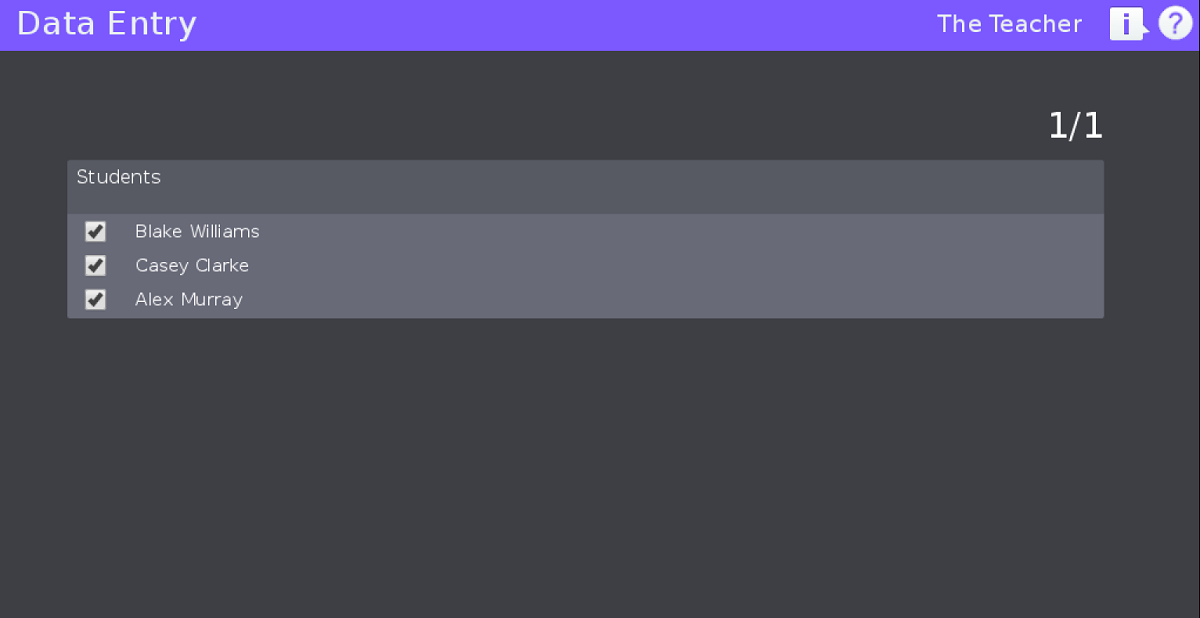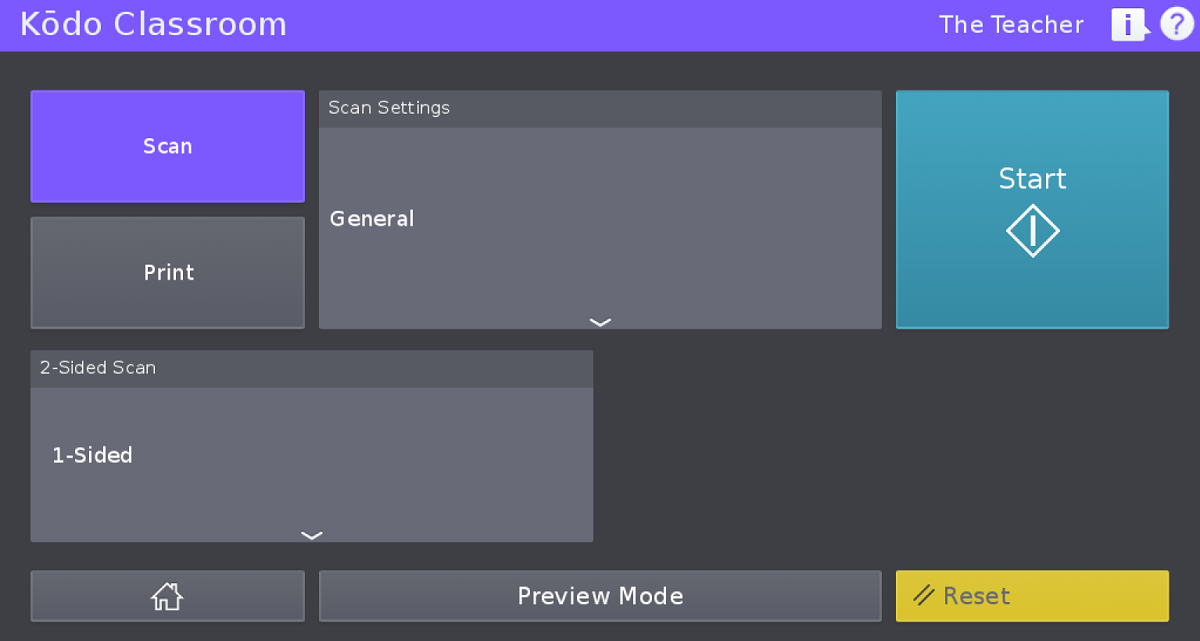Toshiba Kōdo® Classroom: Revolutionising Document Management in Education
Elevate Academic Integrity with Toshiba Kōdo® Classroom
Toshiba Kōdo® Classroom is transforming the way schools handle academic documents. Our system is meticulously designed to address the challenges educators and students face with traditional paperwork. Let’s delve into the key features that set us apart:
- Crystal-Clear Documentation:
- Say goodbye to deciphering missing or illegible handwriting. Our system prints exams with personalised information for each student, including their name, class, and teacher details.
- Enjoy the clarity and ease of reading well-organised documents.
- Collaborative Grading:
- Share exam marking responsibilities among multiple teachers with our collaborative tools. Grade by section or as a team for a more efficient and time-saving process.
- Ensure that exams are output correctly by students, every time.
- Guaranteed Paper Organisation:
- Forget the worries of mixed exam papers. Each page is uniquely encoded, allowing us to validate and sort every exam back into each student’s set.
- Rest easy knowing that even if papers get shuffled, they can be quickly reorganised.
- Simplified Marking Workflow:
- With one touch, upload marked exams to your cloud system. Our easy process ensures that all assessments are securely stored and accessible for future reference.
- Streamline your grading workflow and focus on what matters most—teaching.
- Seamless Integration:
- Toshiba Kōdo® Classroom seamlessly integrates with popular platforms like Google Classroom and Microsoft Teams® for Education.
- Enhance your existing workflows with our powerful features.
Join the digital revolution in education with Toshiba Kōdo® Classroom. Experience streamlined document management that empowers educators and delights students!
Feature articles
Assessment in Schools with Kōdo App for Classroom
Assessment in Schools
Our education system in Australia relies on measuring and assessing student’s progress: understanding what a student has learned and how they can apply that knowledge is one of the key indicators of a successful education.
That means testing and assessment – whether it is tracking the progress that a kinder kid has made in learning to read and write, or whether it’s exams to test knowledge of high school subjects, testing is an integral part of the way that measure success in education.
Exams and tests are still very much paper based -whilst we did see a shift to electronic testing, AI tools like ChatGPT have raised concerns, and made sure that for the foreseeable future, written papers will be the medium for examinations.
The challenges of paper-based tests
But paper-based tests are not without issues. The process in most schools is that exam papers is printed, and students add their name and student ID, along with other information such as the date and teacher’s/class name. Completed papers are collected by the invigilator and passed to teachers to mark, after which they are scanned to email or a shared drive to be stored in the student’s folder.
This process raises questions for schools, such as:
- Does the teacher know which paper belongs to which student? Has the student completed their identifying information correctly, and is it legible?
- If the answer paper has more than one page, how can the teacher be sure that they have the right pages, and that sheets haven’t got mixed in the collection process?
- If marking is to be split, with different teachers marking different questions, how does the school ensure that after being separated, the right sheets are brought back together again?
- When storing the papers, how can teachers ensure that the right paper gets uploaded to the correct student folder?
For primary schools, whilst it’s not about exams, ensuring that the work is associated with the right student is still an issue, especially if children are left to write their own names on their work.
The solution - Kōdo Classroom
Toshiba has the answer to managing paper-based student work – Kōdo classroom. Kōdo classroom uses advanced document management, printing and scanning technology to save teacher time and ensure the integrity of each paper is preserved. It integrates with other systems already used in the school for managing student data - Google Classroom or Microsoft Teams.
With Kōdo Classroom, the teacher prints an individual exam paper for every student. The identifying information is already completed – printed in full on the first page, and embedded into a QR code on all additional pages.
The process is straightforward and simple for teachers to use:
- The teacher uploads their exam paper, in PDF format, to their system via the Kōdo Classroom editor app.
- The app inserts the additional content, re-sizing the PDF document if required to accommodate the header. The teacher can pick where the student information is placed, or the app can do it for them.
- The teacher accesses Kōdo Classroom via the Toshiba Multi-Function Device (MFD).
- Once the teacher is authenticated, the app shows them all their exam papers and their classes. They select the exam paper, and the students who need to sit it.
- The system prints an individual copy of the exam paper for every eligible student, with their identifying information.
- Once the papers are collected and marked, the teacher uses the app to scan the papers directly into Google Classroom or Microsoft Teams. The app scans all the sheets, and uses the QR codes to check that it has a complete set, in the right order, for every student.
- Using the student information, it stores the completed paper in the appropriate student file.
For primary schools:
- Worksheets are printed with each student’s name and class.
- Students complete their work on their own sheet.
- The teacher (or administrator) completes a bulk scan of the sheets, and each one is automatically stored in the appropriate student file.
Kōdo Classroom is developed and supported locally in Australia, and designed for our education system. It comes installed on Toshiba MFDs and integrates directly (without middleware) to Google Classroom and Teams for Education.
Benefits of Kōdo Classroom
- Exam paper integrity - teachers can be certain that they can associate the completed paper with the right student. The process is not dependent on the student completing their identifying information, or on it being clear and legible. There is no risk of a completed paper being attributed to the wrong student, and loss of integrity in the marking process.
- Managing multiple page exam papers – each exam paper is stored intact. Even if papers are accidentally dropped or mixed up during the collection or marking process, they can be re-collated back into a complete document.
- Enables multi-teacher marking – if teachers need to split the marking, and deliberately separate out the answers to certain questions, the scanning process can be used to collate them back to their rightful place.
- Saves time – the scan and file process is automated, making it more efficient, and giving teachers more time for teaching, marking or lesson preparation, or making best use of school administrators’ time.
- Secure – Kōdo Classroom integrates directly with Google classroom or Teams for Education. There is no middleware to manage, and data flows directly between Kōdo Classroom and Google/Teams using the school’s existing security protocols.
- Simple to use – Kōdo Classroom has a clear and intuitive user interface, and doesn’t require teachers to spend any time in training to use it.
- Efficient filing of primary school work – with Kōdo Classroom, primary schools can save classroom work to the child’s file with minimum effort.
If managing exam papers is taking up valuable teacher time in your school, or if ensuring the integrity of results is a concern, talk to the education experts at Toshiba about how Kōdo Classroom could be quickly and simply installed in your school. If you’re a primary school needing to save time in the digital filing of student’s work, we can help you too.
With Kōdo Classroom, Toshiba takes the strain out of identifying and storing student work, so that you can focus on delivering the learning experience.
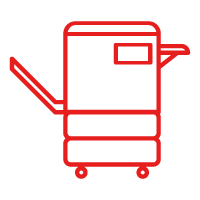 Software
Software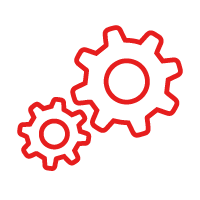 Pre-Owned MFDs
Pre-Owned MFDs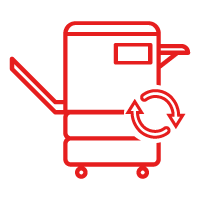 Barcode Printer
Barcode Printer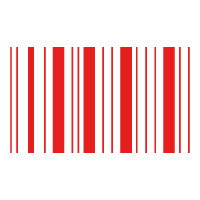 Printers
Printers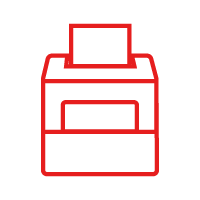 Interactive Flat Panels
Interactive Flat Panels


